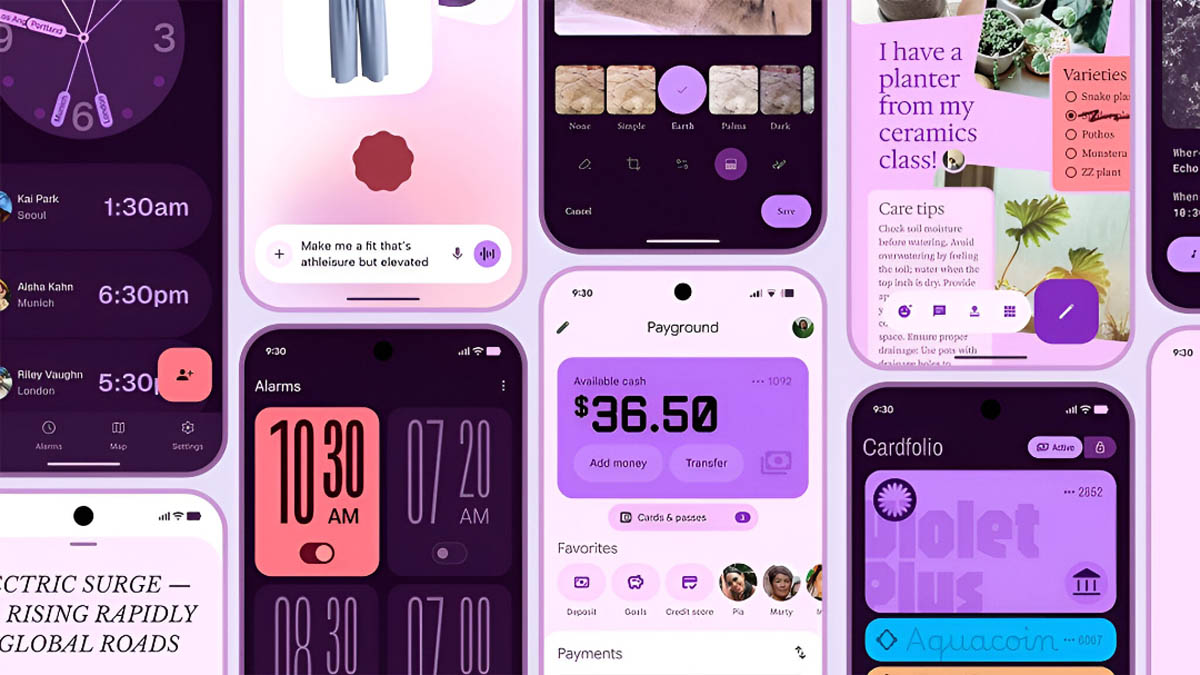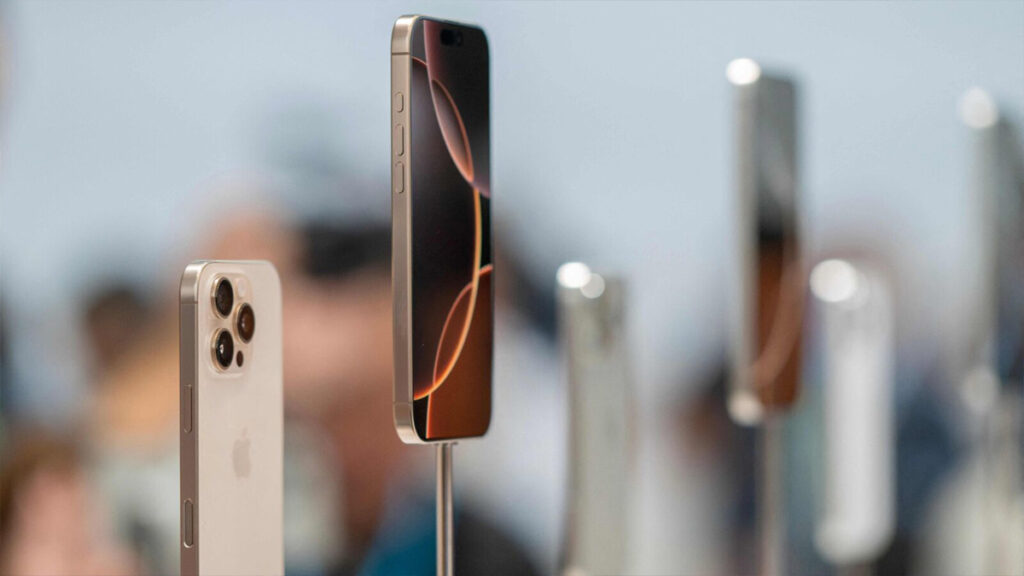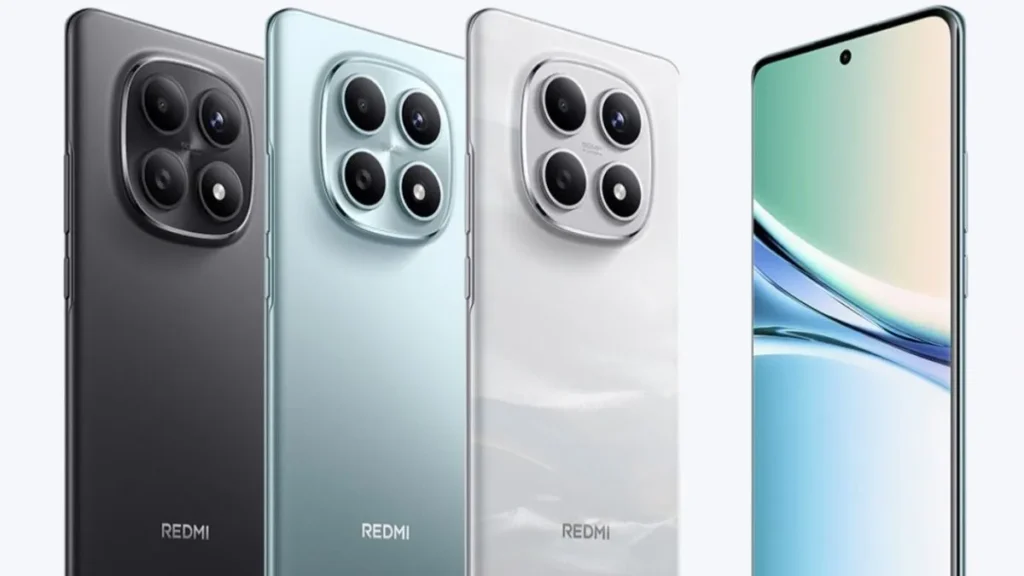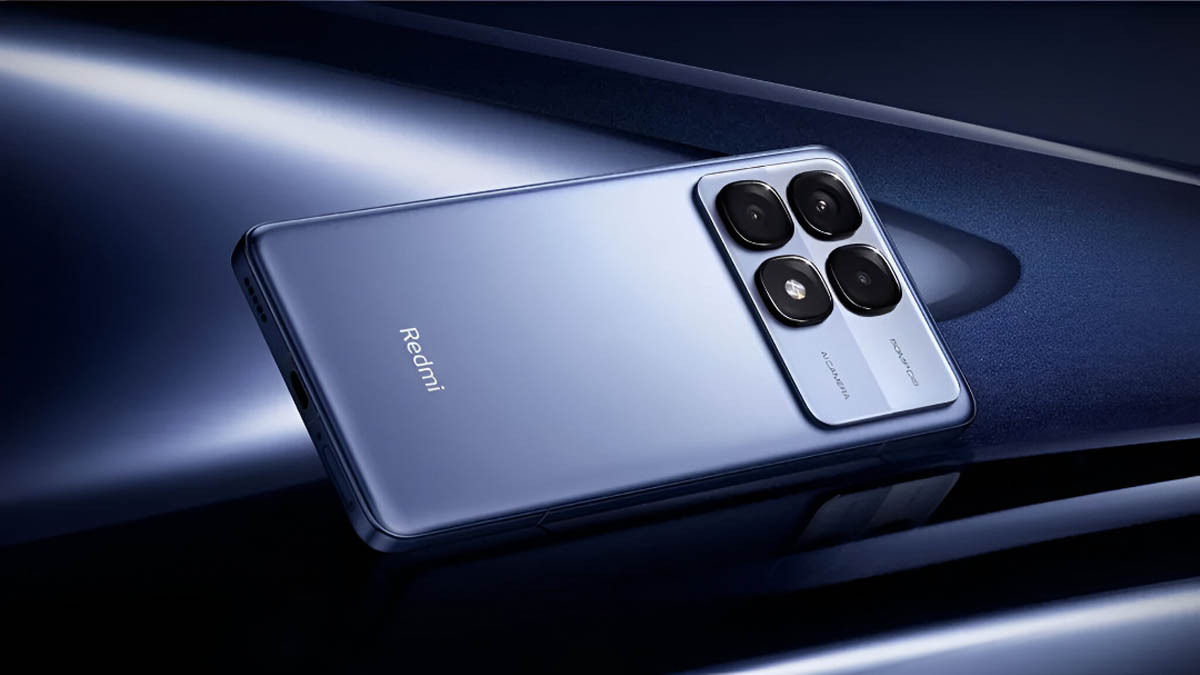Now Reading: Material 3 Expressive Details Surface Ahead of Google I/O 2025
-
01
Material 3 Expressive Details Surface Ahead of Google I/O 2025
Material 3 Expressive Details Surface Ahead of Google I/O 2025

As the tech world eagerly anticipates Google I/O 2025, subtle yet significant details hinting at the evolution of Material Design 3, particularly its “Expressive” capabilities, have begun to surface. While Google remains tight-lipped about specific announcements, these emerging clues suggest a deeper push towards personalization, theming dynamism, and richer visual experiences within the Android ecosystem and beyond.
Material Design 3, since its introduction, has emphasized a more adaptable and user-centric approach to UI design. The “Expressive” aspect, in particular, signals a move beyond the more standardized elements of previous iterations, promising greater flexibility for developers and users to inject personality and brand identity into their applications.
One key area of anticipated enhancement revolves around dynamic color palettes. While Material You already introduced the ability for the system to generate a color scheme based on the user’s wallpaper, the “Expressive” evolution could bring even finer-grained control and a wider range of stylistic options. Imagine applications that not only adapt to your wallpaper but also offer curated expressive themes that dramatically alter the look and feel, going beyond subtle accent changes. This could involve more adventurous color combinations, bolder contrasts, and the incorporation of more nuanced tonal variations.
Furthermore, the “Expressive” theme is likely to delve deeper into typography and iconography. We might see an expansion of customizable font options, allowing for more distinctive and brand-aligned text rendering within apps. Similarly, the evolution of Material Symbols could introduce more stylized and expressive icon sets, offering developers greater creative freedom while maintaining the clarity and accessibility standards of Material Design.
Another potential area of focus could be enhanced motion and animation. Expressive design often leverages subtle and purposeful animations to guide the user, provide feedback, and add a touch of visual flair. Google might unveil new animation libraries or guidelines that encourage more sophisticated and context-aware motion design within Material 3. This could range from more fluid transitions and delightful micro-interactions to more elaborate and expressive introductory sequences.
The surfacing of these “Expressive” details also hints at a potential expansion of customization options for end-users. Beyond wallpaper-based theming, future Android versions and Material Design components might offer more granular controls over the visual appearance of the operating system and individual applications. This could involve allowing users to select from a wider range of pre-defined expressive themes or even offering more advanced tools for creating their own personalized visual styles.
The timing of these emerging details, just ahead of Google I/O, is no coincidence. Google’s annual developer conference serves as the prime platform to unveil significant updates to its design language, providing developers with the tools and guidance needed to implement these new features. It is highly probable that dedicated sessions at I/O 2025 will delve into the specifics of Material 3’s “Expressive” capabilities, showcasing new APIs, design guidelines, and best practices.
For developers, the “Expressive” evolution of Material 3 presents an exciting opportunity to create more visually distinct and engaging applications. By leveraging enhanced theming, typography, iconography, and motion capabilities, they can craft user interfaces that not only adhere to Material Design principles but also effectively communicate their brand identity and resonate with their target audience on a deeper visual level.
For users, these changes promise a more personalized and visually dynamic digital experience. The ability to tailor the look and feel of their devices and applications to their individual preferences could lead to a greater sense of ownership and satisfaction.
While the exact nature and extent of these “Expressive” details remain under wraps, the anticipation is building. Google I/O 2025 is poised to be a significant event for the future of Android and Material Design, potentially ushering in an era of more personalized, dynamic, and visually rich user interfaces across the digital landscape. The subtle hints we’re seeing now are just the tip of the iceberg, and the full picture is likely to be unveiled in the coming weeks.










